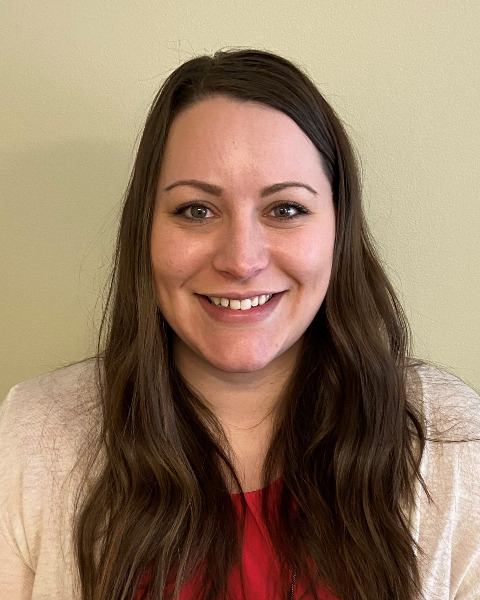Sleep / Wake Disorders
The impact of sleep on the relationship between trait and state affect
(PS3-60) The Impact of Sleep on the Relationship Between Trait and State Affect

Emily M. Bartholomay, Ph.D.
Assistant Professor
University of Nebraska at Kearney
Kearney, Nebraska, United States- TT
Thien An Tran, None
Student
University of Nebraska at Kearney
Kearney, Nebraska, United States - JB
Josee Brunk, None
Student
University of Nebraska at Kearney
Kearney, Nebraska, United States
Author(s)
Co-Author(s)
Sleep disturbance is a common symptom of psychological disorders (APA, 2023), and roughly half of college students report poor sleep quality (Becker et al., 2018). Sleep disturbance increases risk for the development of psychological disorders and is a common maintenance factor (Dahl & Harvey, 2007). Previous research found that low trait positive affect (i.e., extraversion) and high trait negative affect (i.e., neuroticism) predict worse sleep quality (Stephan et al., 2017). When examining objective sleep measures rather than subjective indices, trait affect predicted awakenings but not sleep duration (Sutin et al., 2020). Thus, the aim of the current study was to examine the relationship between several objective indicators of sleep on state affect, while controlling for trait affect.
Participants were 227 college students Mage = 18.97 years (SD = 1.82). Participants were primarily female (64.76%). Most participants identified their race as White, 61.23%. Participants completed the Big Five Inventory (BFI-44; John & Srivastava, 1999) at time one to measure trait affect, wore an actigraph for 24 hours to measure sleep, and completed the Positive and Negative Affect Schedule (PANAS: Watson et al., 1988) at time two to measure state affect. Sleep variables included total sleep time (TST), sleep onset latency (SOL), wake time after sleep onset (WASO), and sleep efficiency (SE).
To test the first hypothesis, sleep would impact the relationship between trait and state positive affect, we conducted a hierarchical multiple regression with extraversion entered in step one and sleep variables entered in step two. The first step was significant, F(1, 226) = 9.36, p = .002, R2 = .04, with extraversion predicting positive affect, beta = .20, p = .002. The second model was statistically significant, F(5, 222) = 2.80, p</em> = .018, R2 = .06; however the second step did not predict more variability in positive affect, ΔF(4, 222) = 1.15, p = .335, delta R2 = .02. No sleep variables predicted positive affect, ps ≥ .292.
To test the second hypothesis, which examined negative affect, we conducted a hierarchical multiple regression with neuroticism entered in step one and sleep variables in step two. The first step was significant, F(1, 22) = 23.79, p < .001, R2 = .10, with neuroticism predicting state negative affect, β = .31, p < .001. The second step was significant, F(5, 222) = 7.34, p < .001, R2 = .14, with the addition of sleep variables resulting in a significant improvement in predicting negative affect, F(4, 221) = ΔF = 3.01, p = .019, ΔR2 = .05. TST negatively predicted negative affect, β = -.27, p</em> = .002, indicating that shorter sleep predicted higher negative affect. WASO positively predicted negative affect, β = .18, p</em> = .023, indicating that longer time awake at night predicted higher negative affect. Neither SOL nor SE predicted state negative affect, β = .05 and .20, ps ≥ .08.
The results of this study suggest that sleep does not predict positive mood among college students. However, objective sleep variables predicted negative mood among, even after controlling for trait negative affectivity. These findings highlight the importance of disrupted and shorter duration sleep in understanding the development and maintenance of negative mood.

.png)
